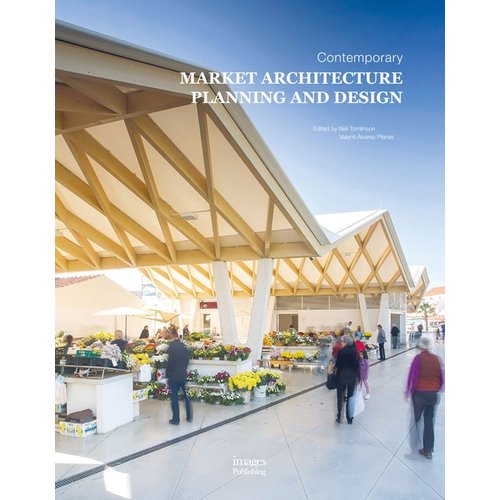Where the Michigan project is more of a conventional structural cantilever, the new K Clinic in the Japanese city of Nara, just outside of Osaka, takes a minimalist approach to integrate the architecture fully into the structure. The Tokyo architect and engineer Akira Yoneda, whose firm, Architecton, was chosen for record’s 2004 Vanguard, had less program space to incorporate for his client, a dermatologist who had briefly studied architecture while in college. The doctor asked Yoneda to design a building that would make a statement along the city’s main street. The clinic is located in a ground-level structure, while the cantilever is reserved for the doctor’s private study. The opening at the end reveals a view of distant mountains.
The nearly 55-foot-long cantilevered volume is a tube structure formed by steel plates and a deck. Yoneda treated the surface of the plates with a ceramic insulating paint to improve the thermal properties. He wanted the building to recall the neighborhood’s previous topography, which was defined by a gently sloping hill. For Yoneda, the linear shape of the building “reflects the inclination of the street and tried to reify the missing profile of the land.” He considers the cantilever a continuation of a Modernist project of dialectical investigation—physical and phenomenal, gravitational and antigravitational, materialization and dematerialization, and anchoring and drifting. “I think a cantilever is one of those topics that is still worth considering,” Yoneda says.
Unoccupied cantilevers typically present fewer structural challenges because of smaller loads and fewer erratic live loads, such as people. Stuttgart, Germany–based Barkow Leibinger Architects collaborated with structural engineers at Werner Sobek’s Stuttgart offices to design a gatehouse that features such a cantilever for the local campus of Trumpf, a company manufacturing production equipment and medical technology. As the gatehouse would be the front door to Trumpf’s manufacturing campus, it was important that the typically banal building type make more of a statement.
Barkow Leibinger and Sobek both had designed other buildings on the campus and wanted to seize on Trumpf’s particular expertise—its precise laser-cut manufacturing capabilities—as the aesthetic motivation for the project. Frank Barkow views the project, which he describes as “muscular,” as partly revisiting the sheet-metal construction studies of Jean Prouvé, the late French architect who translated industrial manufacturing techniques into elegant, aluminum kit-of-parts buildings. “We want to take digital technologies and use them on these projects of mass-customization, modulation, and repetition,” Barkow says, explaining why they developed a rather complex solution to a simple program.
The gatehouse consists of a glass-enclosed interior staff area with four steel columns, clad in brushed stainless steel, supporting the roof’s 63-foot cantilever. A smaller 81¼2-foot cantilever extends on both sides of the columns, perpendicular to the main cantilever axis. The 2-foot-thick roof consists of 17 hollow box girders with a flange width that varies from thick at the columns to thin at the unsupported end, which has a camber of 11¼2 feet. The architects developed a zigzag pattern of steel-plate cross beams based on Sobek’s stress diagram. Thomas Winterstetter, the project’s structural engineer, says the zigzag is purely aesthetic, but the pattern also prevented shadows on the visible laser-cut triangular pattern of the LED-illuminated acrylic ceiling panels. The roof arrived on-site in six pieces, which were then bolted together before the entire piece could be lifted up by crane and secured to the columns. With minimal dead loads, the flat foundation amounts to a single footing that was thicker—3 feet—than the typically required 6 inches. The wind loads on the Trumpf gatehouse were minimal, but turbulent—since the building is so close to the ground—meaning the engineers did not need to consider heavy laminar wind shedding, which might have caused the roof to lift up and overturn.
So, why not simplify the matter and, through engineering expediency, add a column or two to the end of the roof? What made Wright, Mies, and many contemporary architects and engineers return to the cantilever again and again? Winterstetter, who admits to having only briefly considered this, refers to the Austrian architect Hans Hollein, who wrote about early forms of shelter in essays in the 1960s, such as Plastic Space. Hollein describes the human need, rooted in our cave- and tree-dwelling past, to move through three-dimensional space, engaging it without obstruction. “You have this almost archaic feeling that there may be a predator following you,” Winterstetter says, “and you want nothing blocking your view.” In that light, you have to wonder why there aren’t more cantilevers.




